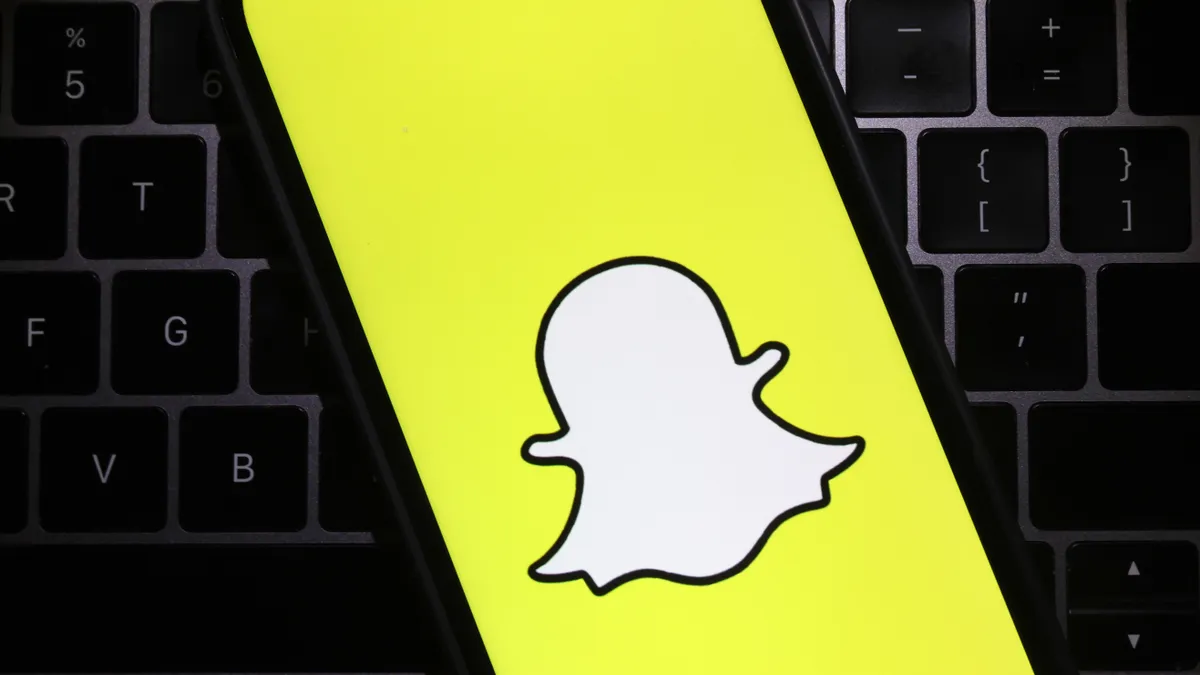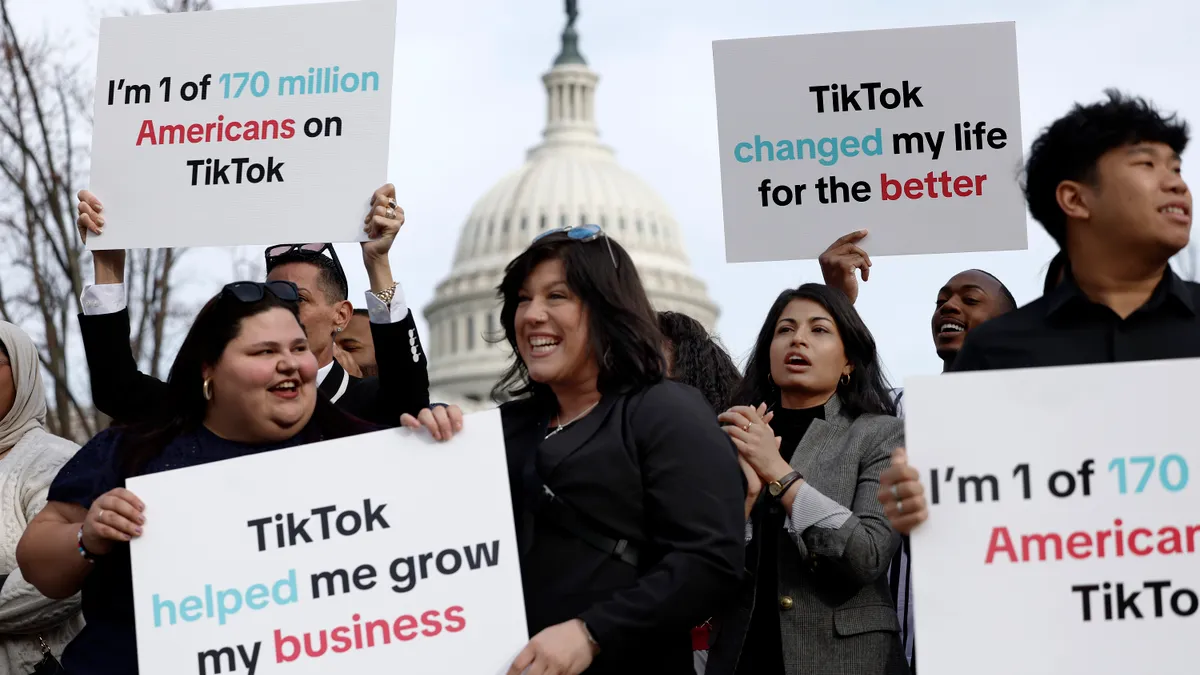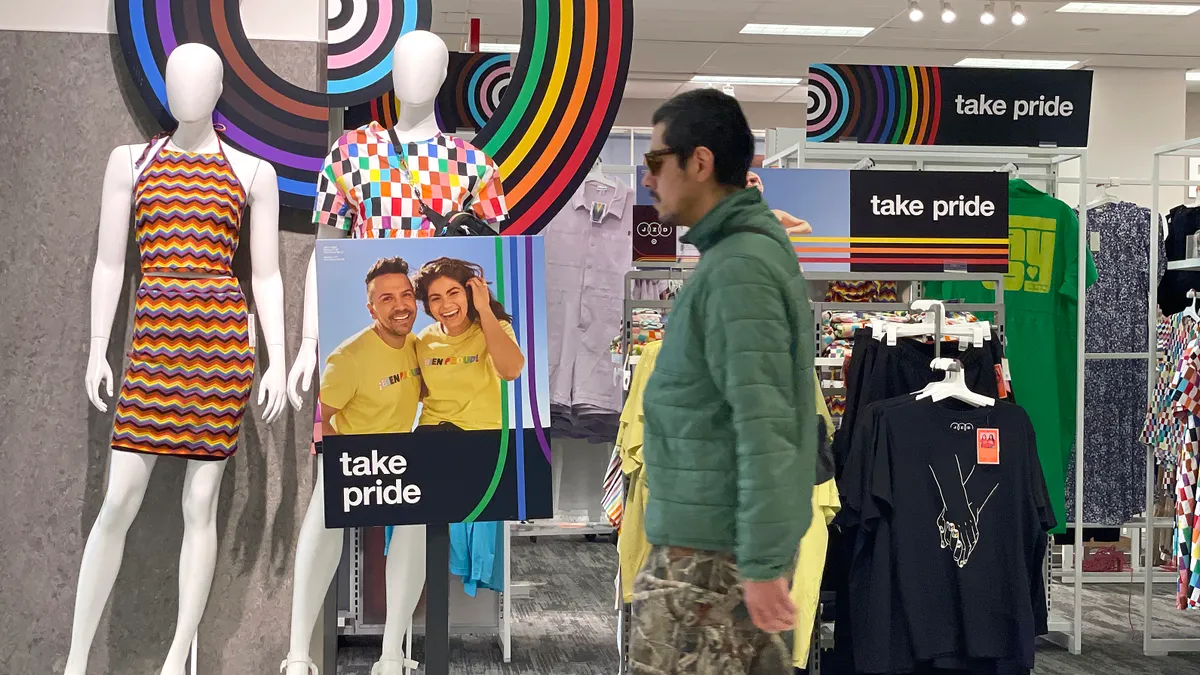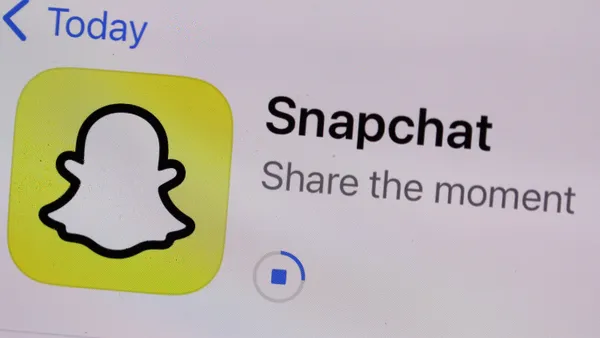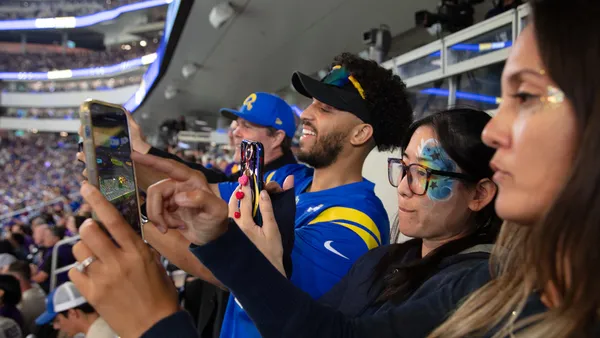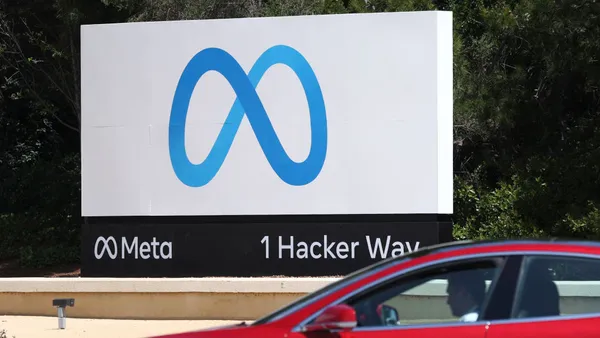Dive Brief:
- Snap revenue fell 7% year-over-year in the first quarter to $989 million, missing expectations, according to an earnings statement. The drop marks the first-ever quarterly revenue fall for the Snapchat owner since going public in 2017.
- Snap CEO Evan Spiegel in prepared comments credited the decline to “disrupted” ad demand and a challenging operating environment. On the upside, daily active users grew 15% year-over-year to 383 million and Snapchat’s paid tier grew to over 3 million users.
- The difficult period follows executive shakeups and reprioritization efforts enacted last year, including a strengthened focus on augmented reality. The company also introduced its artificial intelligence (AI) chatbot, My AI, which has seen mixed success.
Dive Insight:
Snap’s Q1 revenue stumble shows the tech firm has struggled to turn things around after closing out last year with its lowest quarterly revenue growth since going public. At that time, CEO Spiegel forecast that Q1 would be rocky, predicting a revenue fall between 2-10% amid a challenging industry environment.
Those gloomy predictions came true in the first leg of 2023, with the oulook remaining dim for the months ahead. Providing second-quarter guidance in a letter to investors, Snap predicted a year-over-year revenue decline of 6% to $1.04 billion based on internal forecasts.
On a call discussing the Q1 earnings, Spiegel attributed revenue challenges to slowing ad demand driven by tweaks to the company’s ad platform. Snap has reworked its ad platform in an effort to drive more click-through conversions and as it contends with Apple privacy changes that have upended conventional ways of targeting mobile ads. Snap isn’t alone in grappling with weak brand spending and ongoing Apple fallout. YouTube ad revenue fell 3% over Q1, while Meta posted revenue growth of just 3%, though the latter bounced back following several quarters of declines.
Not all was gloomy for Snap. Along with a growing number of users, the company’s TikTok lookalike Spotlight reached more than 350 million average monthly active users, representing a 46% year-over-year jump. Time spent on Spotlight was up 170% year-over-year, potentially angling the platform to be a stronger competitor to its ByteDance-owned opponent.
Key priorities for Snap in Q1 were community growth, revenue growth and augmented reality, a framework outlined last year as part of a restructuring plan that included laying off 20% of employees. At that time, the company promoted former engineering exec Jerry Hunter to the newly created role of chief operating officer and enacted a series of shakeups focused on bolstering its ad business.
During Q1, Snap also capitalized on the hype surrounding generative AI with the addition of its AI-powered chatbot My AI. The feature was initially offered to subscribers of Snapchat+ but later extended to all users around the Snap Partner Summit in April. During the summit, it was reported that the new tool has been facilitating over 2 million chats per day. However, once offered to all users, My AI quickly attracted a slew of negative reviews, with many revolving around the chatbot’s invasiveness.
Additions to Snap’s AR business included expansions within its Lens Studio offering, along with the launch of its AR Enterprise Services platform to provide brands with resources to integrate Snap’s AR technology into their own apps, websites and physical locations.



